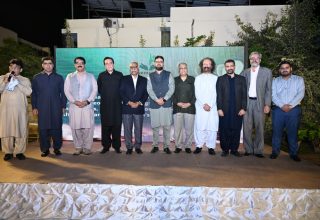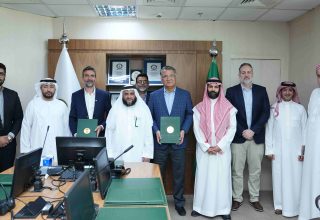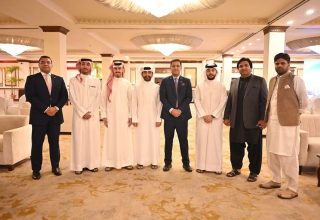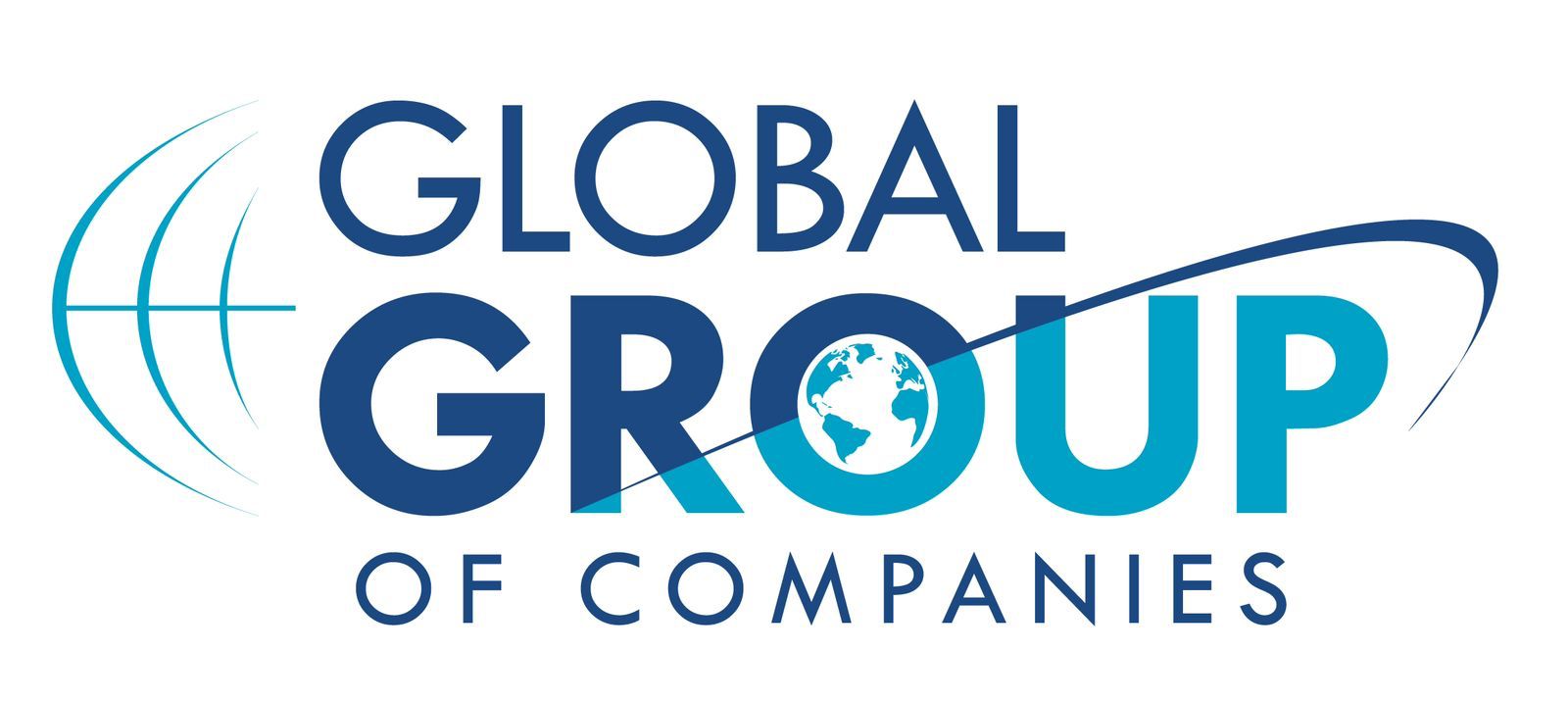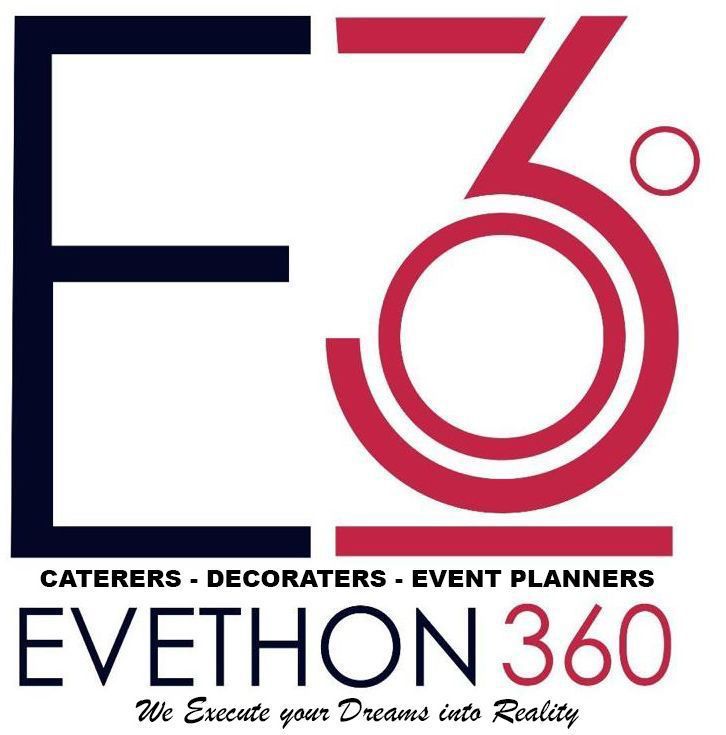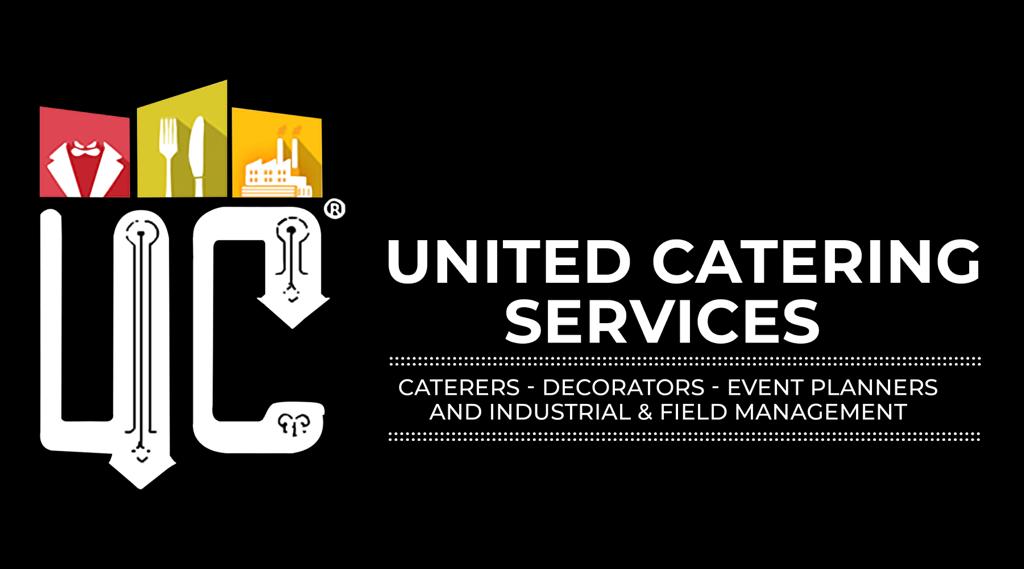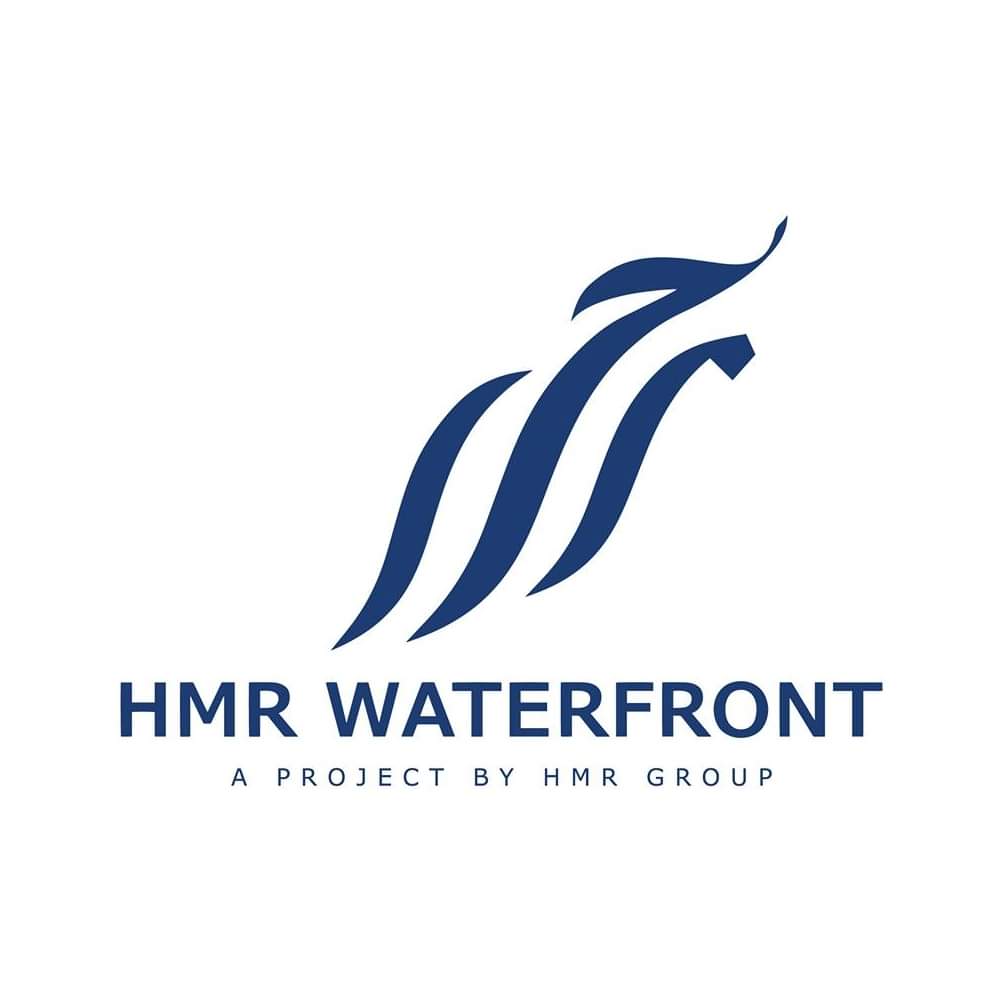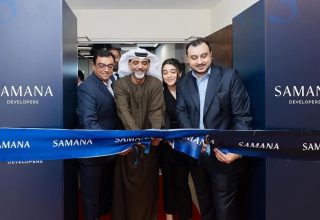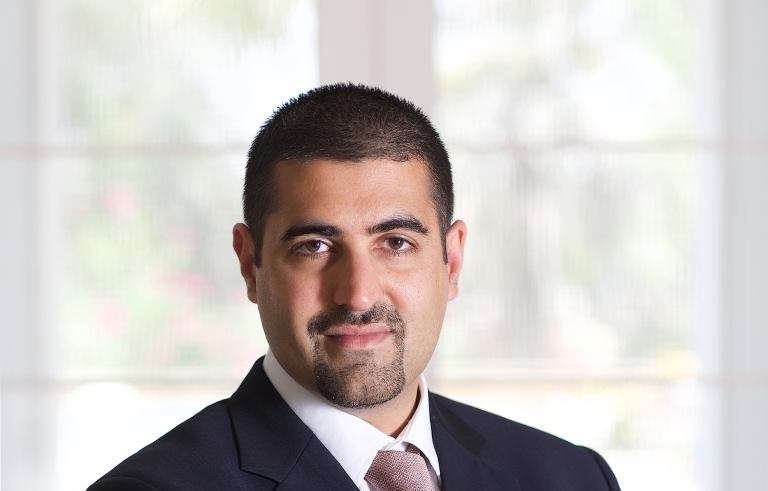
DUBAI: According to Maher Sweid, the managing partner of Dubai-based property developers Sweid & Sweid, infill developments are a growing trend within Dubai’s heavily populated urban areas; signalling the start of a new phase of maturity in the local real estate market.
However, as Sweid explains, infill development not only comes with great opportunities, but with an even bigger social responsibility.
“In recent years, Dubai’s main population hubs have crossed a critical threshold with the urban landscape becoming a highly developed environment where few pockets of vacant land remain. While developers continue to expand and launch projects inland (away from the coast), there has also been a resurgence of activity within more developed areas such as Dubai Marina, Jumeirah Lakes Towers (JLT) and Downtown,” said Sweid.
Infill development, defined as “the process of developing vacant or under-used parcels within existing urban areas that are already largely developed”, offer opportunities to developers and investors alike. It allows them to capitalise on established sub-markets with existing demand bases, well established transportation and infrastructure networks, as well as surrounding amenities and employment hubs.
“There is clearly an opportunity for this kind of development in Dubai, but the onus is on the developer to recognise the opportunities and to work responsibly to create something that not only complements the surrounding context – but that is seamlessly woven into the urban fabric,” said Sweid.
“In many ways, it is easier to start with a blank slate than to add something to an existing framework. Developers need to consider various aspects of their surrounding neighbourhood such as architecture, pedestrian passageways, traffic circulation, and view corridors – and not only the views from their own development, but others as well. Too often we see projects built with an “island” mentality where anything outside the boundaries of the plot is not really considered,” he added.
DMCC’s JLT district is a prime example of a community with great infill opportunities; having an established population base, a burgeoning F&B scene, and superior connectivity to the rest of the city through new road links and two metro and tram stations. This has piqued the interest of several developers, including Sweid & Sweid.
“After carefully reviewing the infrastructure and public facilities enhancements planned by DMCC, we quickly recognised the area had large untapped potential and would continue to improve and outperform others in the medium to long term future.
“We have also experienced first-hand how DMCC in its capacity as the master-developer is incredibly focused on continuously upgrading and investing in its infrastructure,” added Sweid.
Sweid & Sweid recently completed The Edge, a commercial building in Dubai’s Internet City, home to Oracle’s regional headquarters, after handing over another commercial tower, The 47th, in Cairo, Egypt.
The geographical location of DMCC’s JLT district, close to Dubai Marina and JBR with access to not only Dubai World Central, but also Business Bay; Downtown Dubai; DIFC; Dubai World Trade Centre and Dubai International Airport is drawing a lot of attention from investors and continues to be a popular location for tenants.
According to figures from Core, UAE Assoc. of Savills, JLT was the only central and established apartment district to report growth in Q2 2017 (2%). The report also revealed you get 8% more space for your dirham in JLT compared to Dubai Marina.
JLT is also a hotspot for savvy investors, with gross rental yields currently performing at between 7% and 8%. PR



